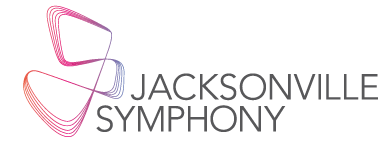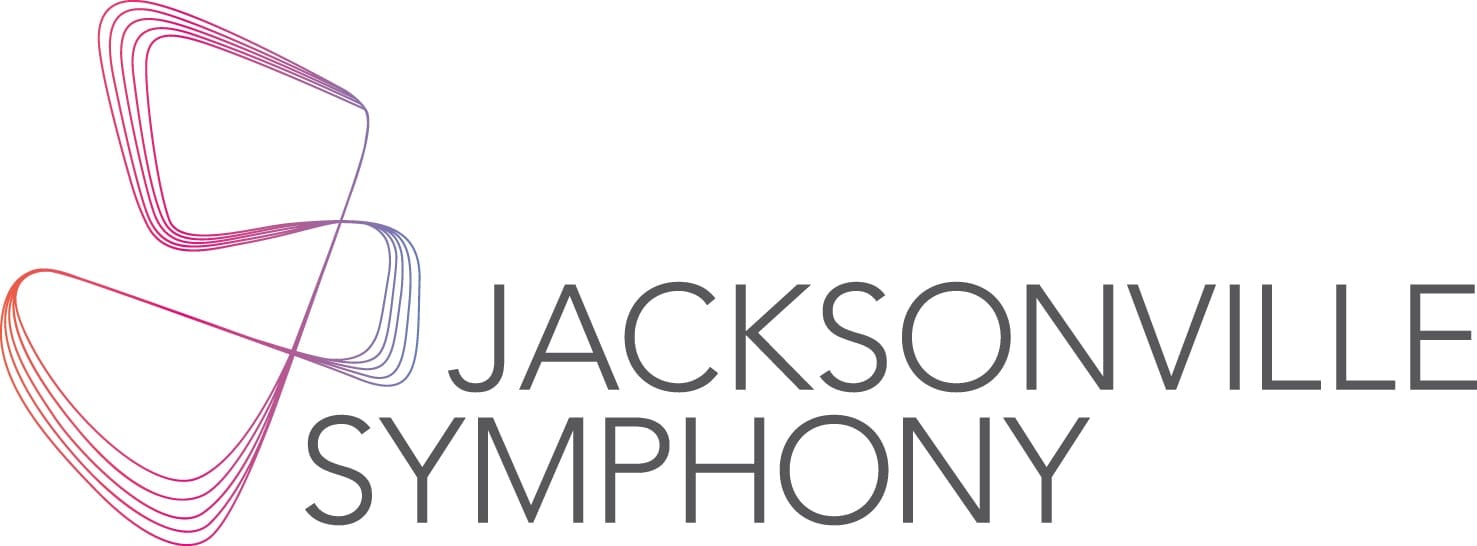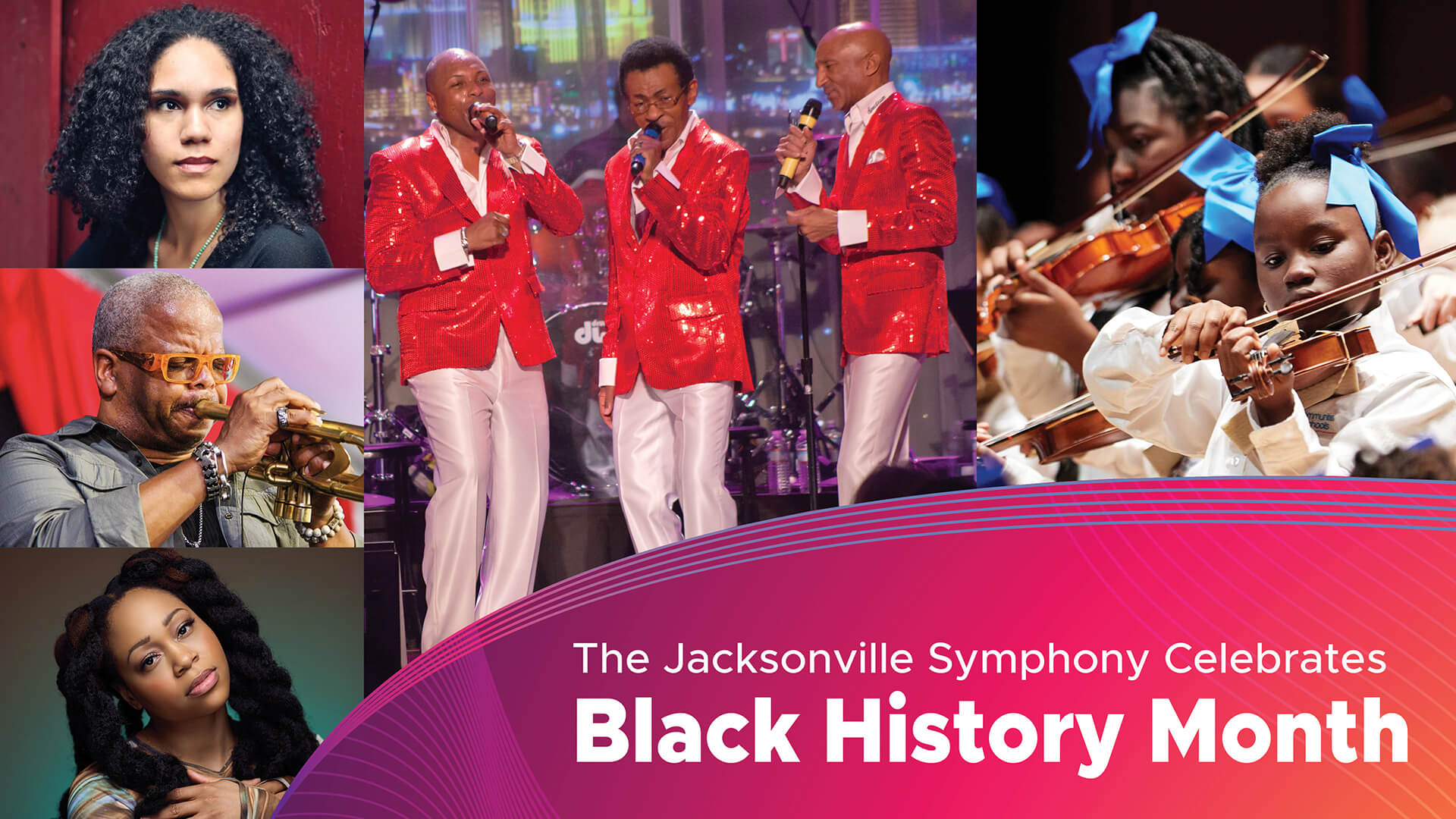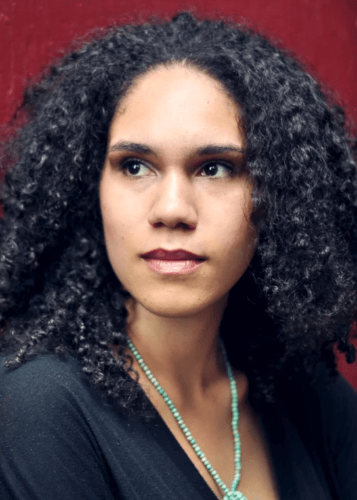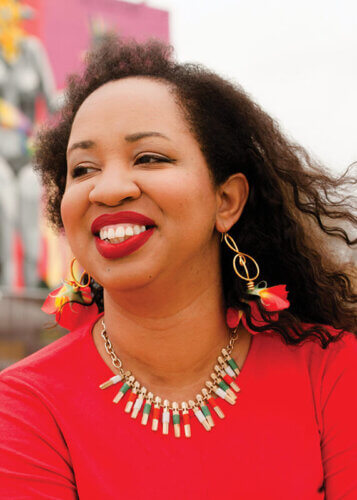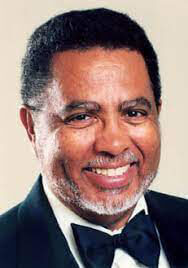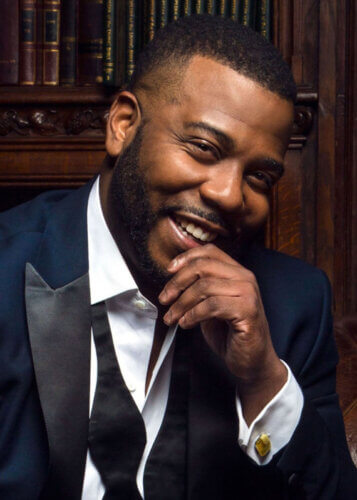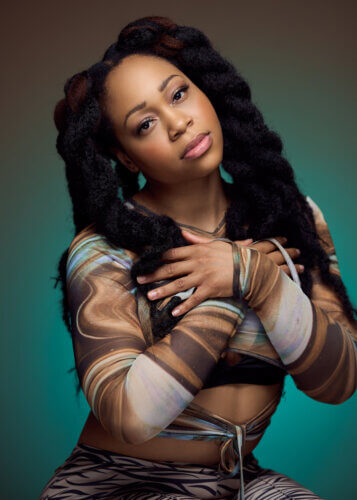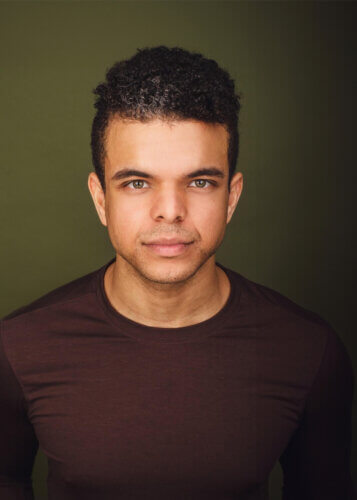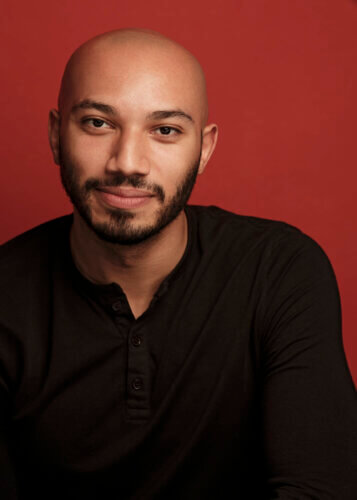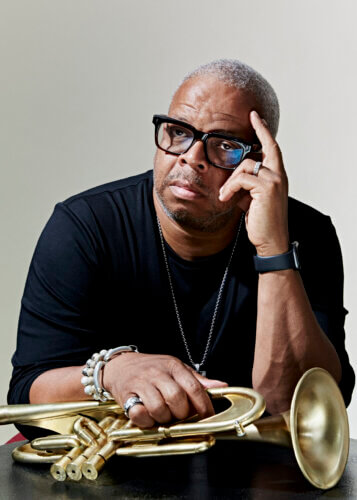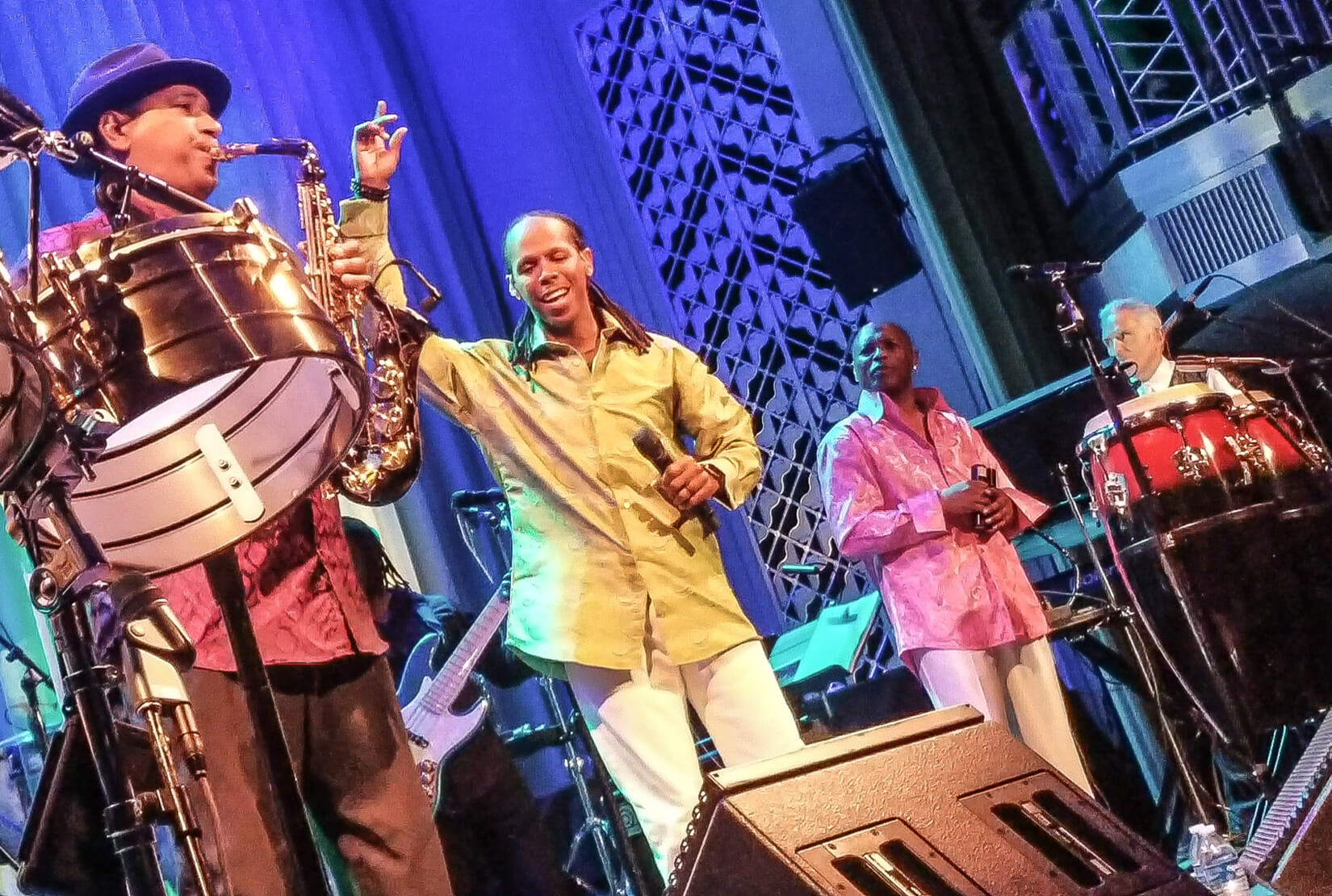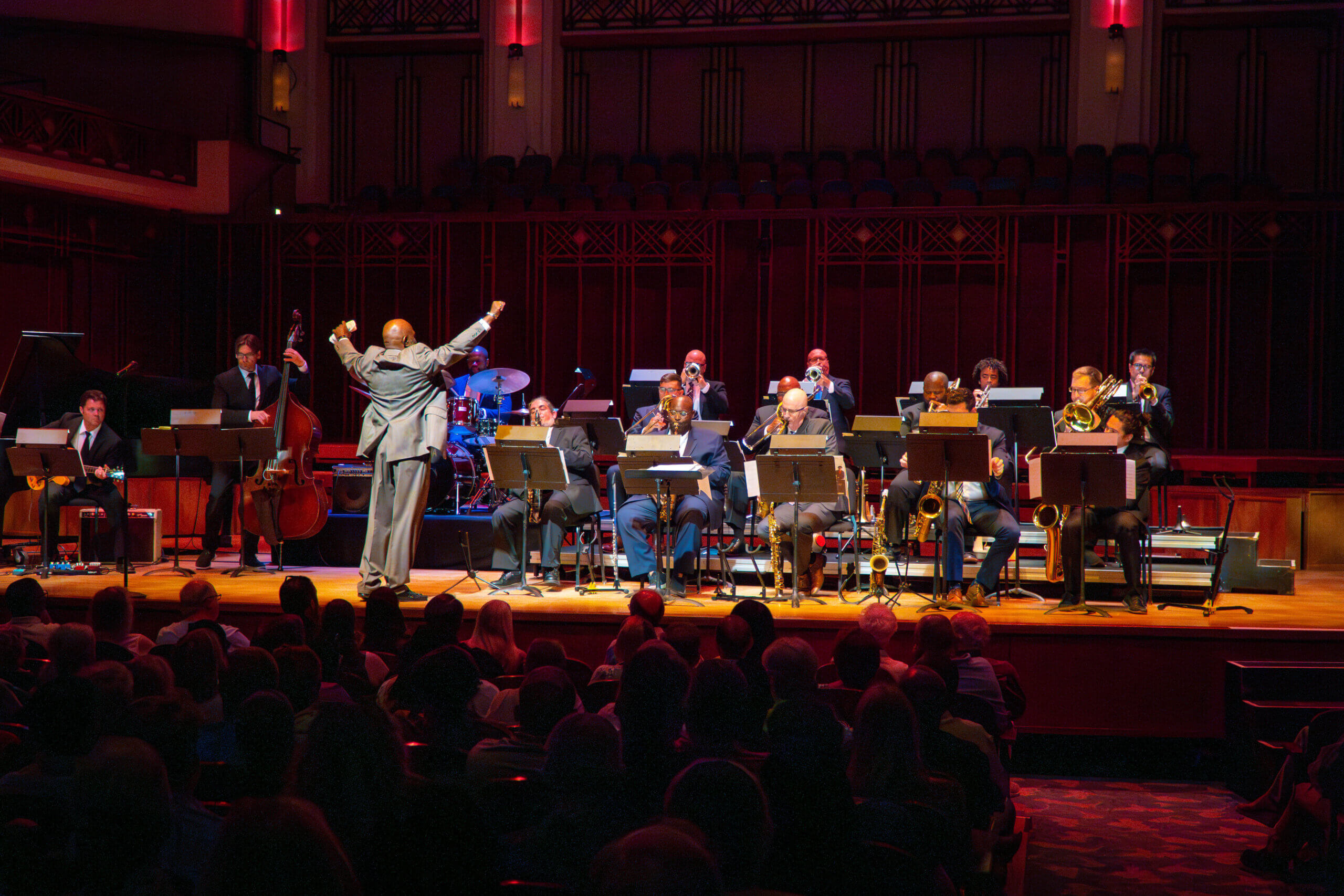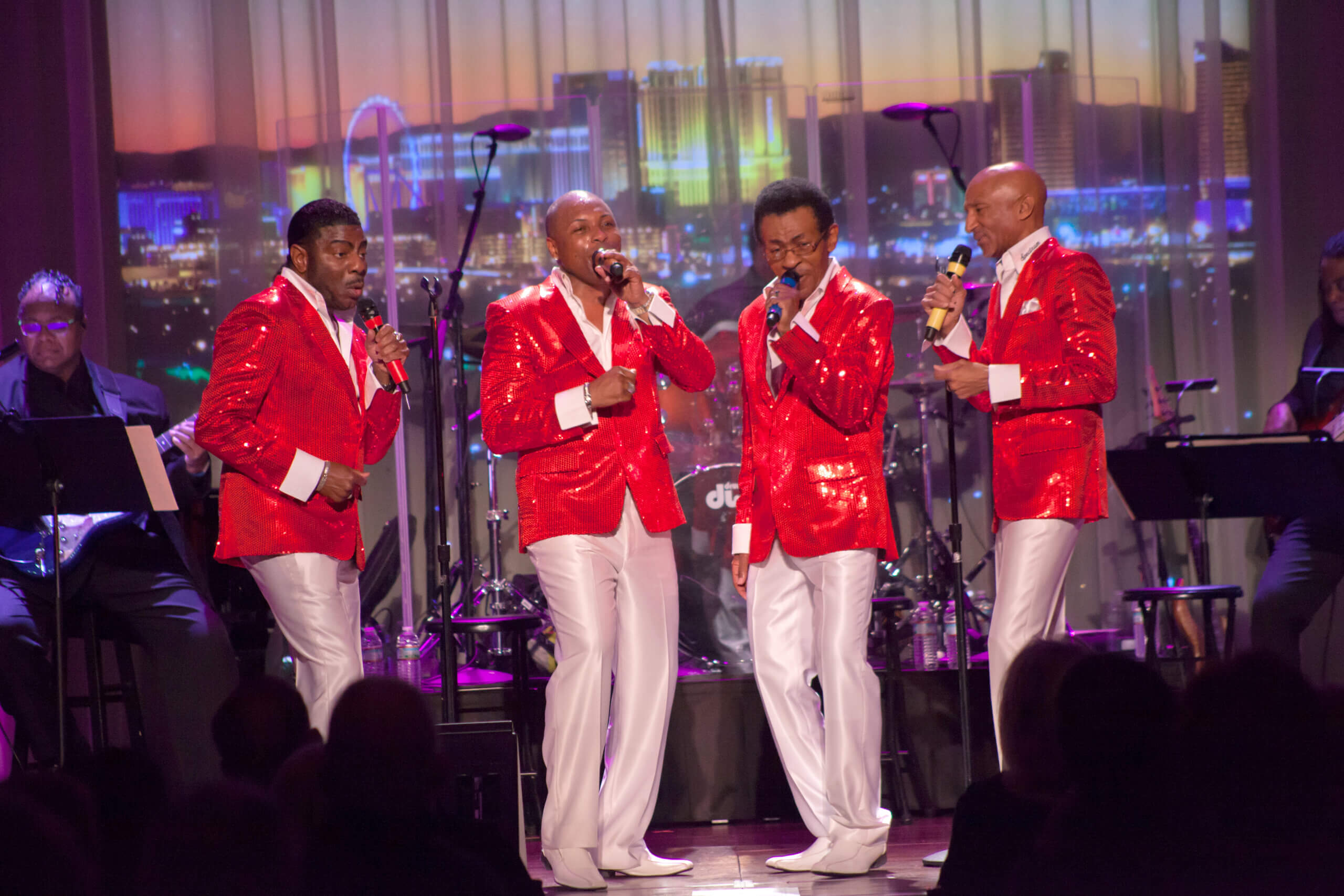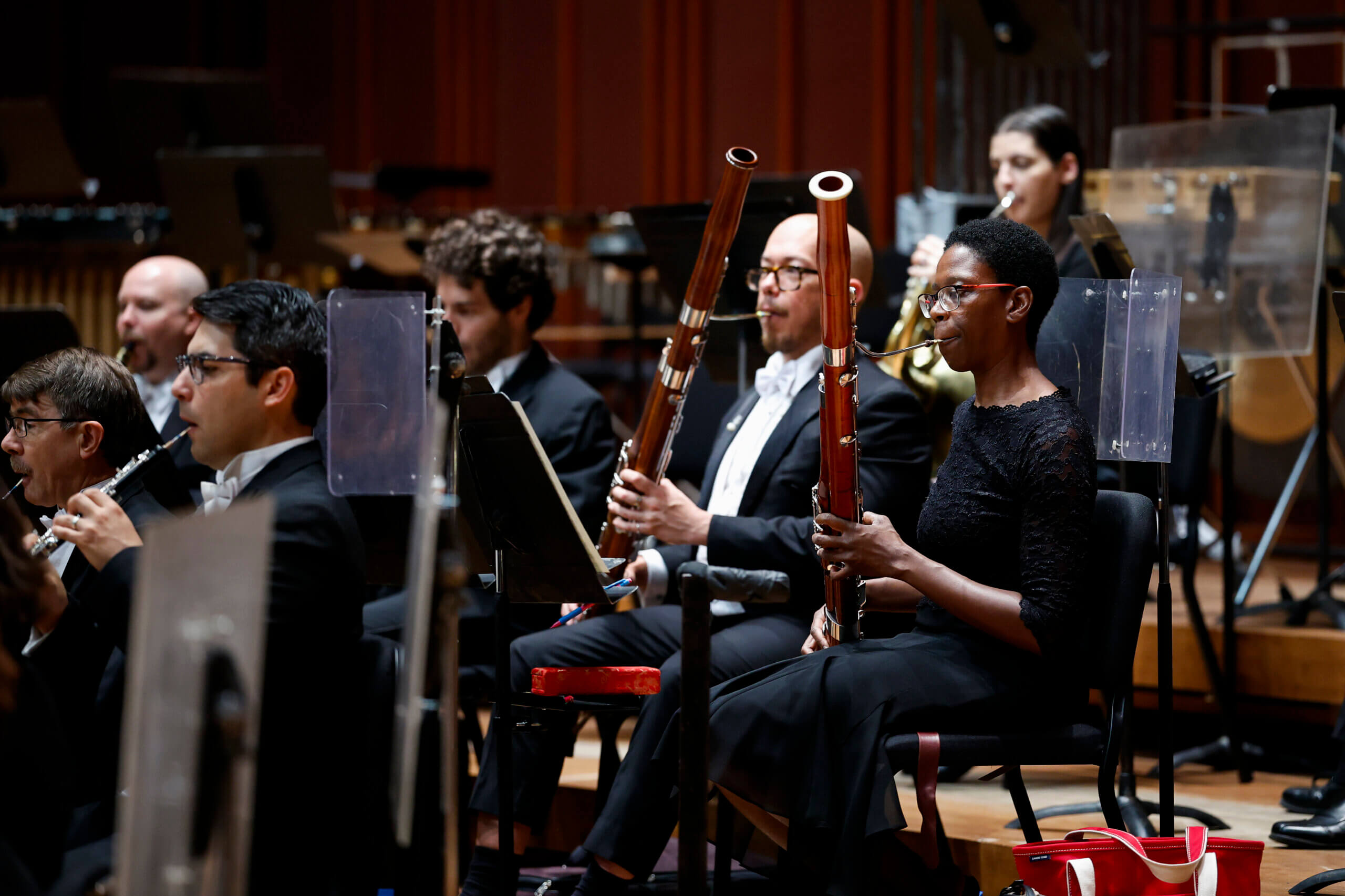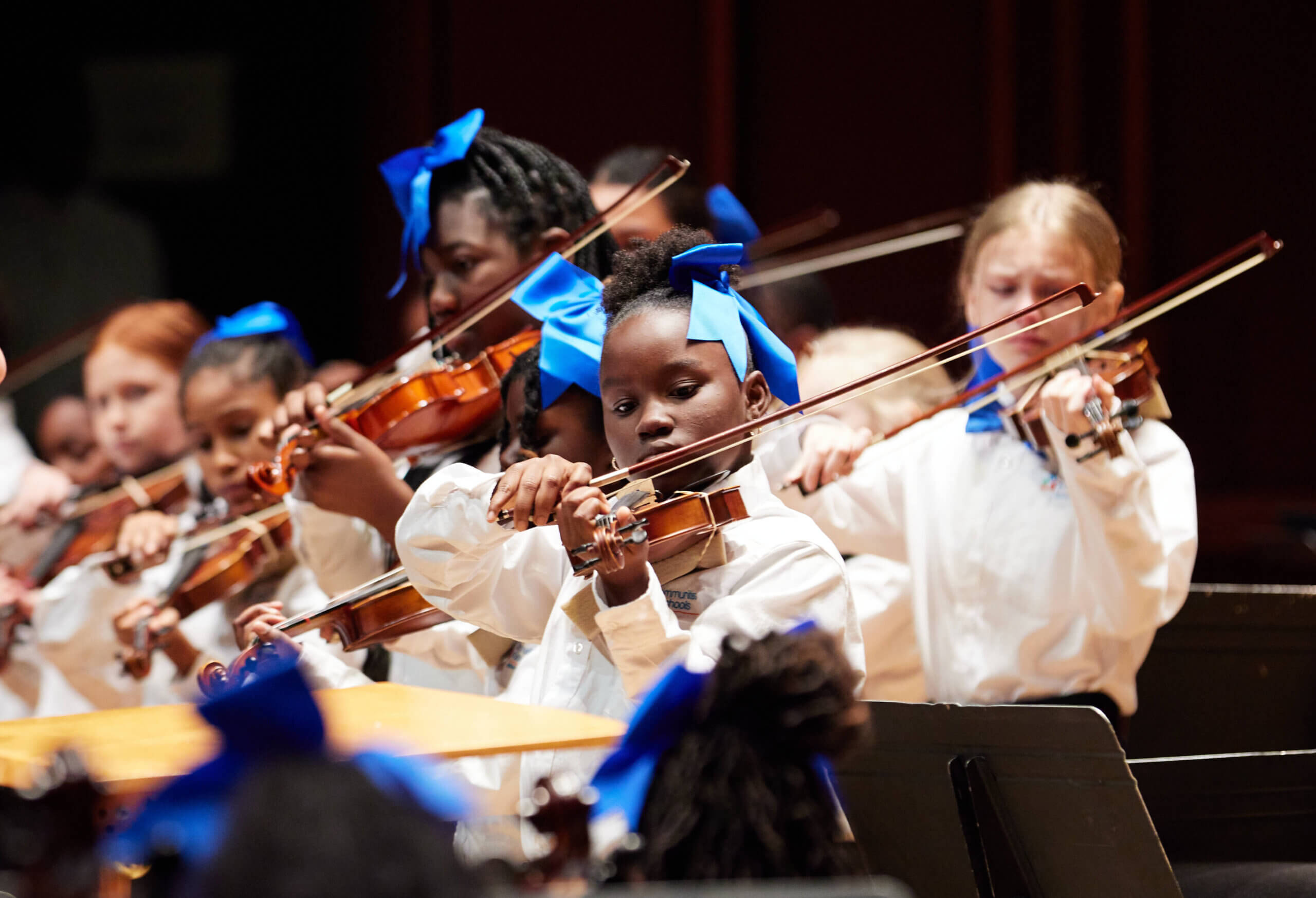
In this issue of the Symphony’s newsletter, we speak with returning pianist Conrad Tao about the Symphony’s celebration of the 100th Anniversary of Gershwin’s Rhapsody in Blue and acclaimed composer Courtney Bryan about her upcoming Jacksonville Symphony commission. We also share a special moment when Music Director Courtney Lewis met previous Music Director John Canarina and celebrate Black History Month, spotlighting African Americans who have left a resounding impact on symphonic music!
Under the Spotlight
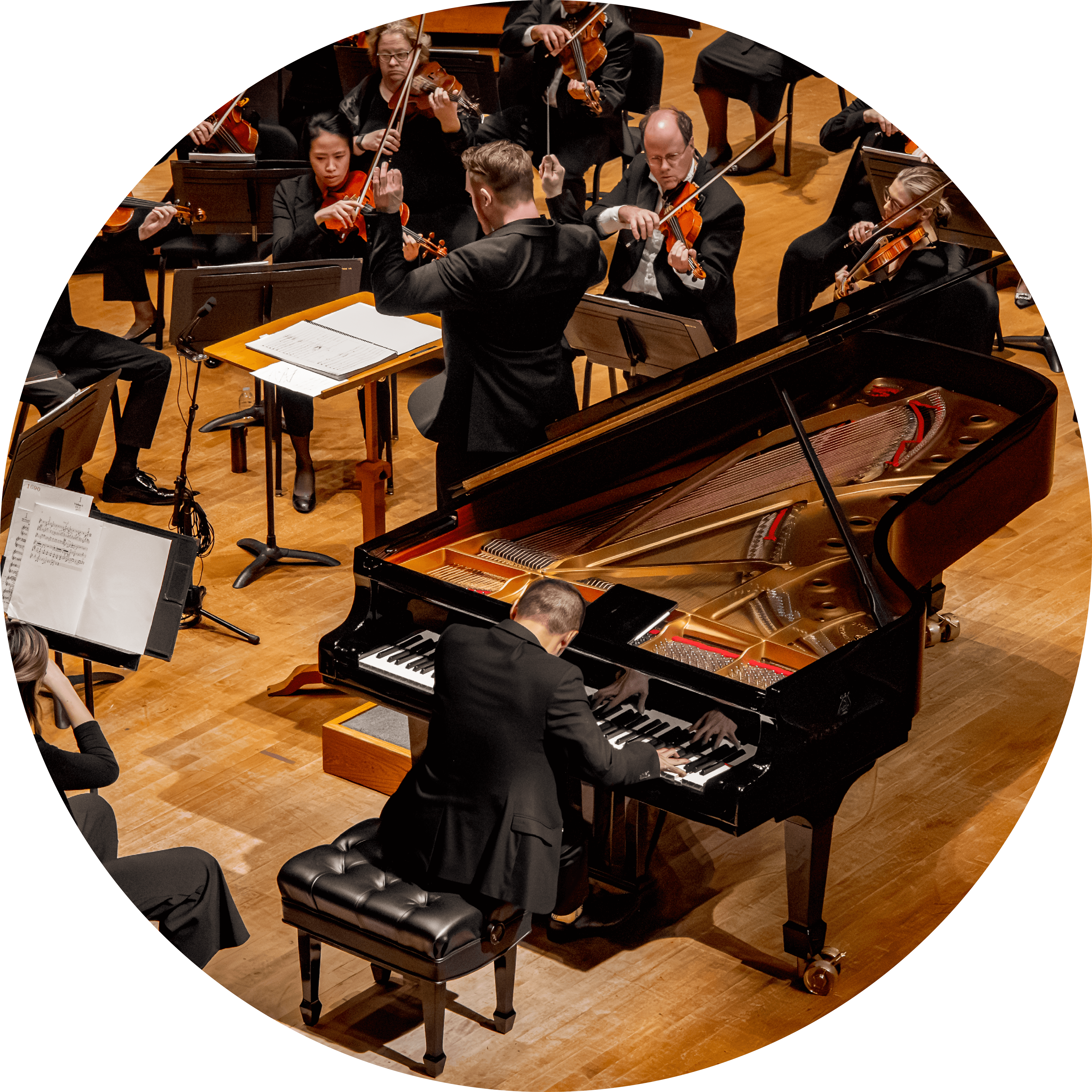
Conrad Tao Returned for the 100th Anniversary of Rhapsody in Blue!
On January 5 and 6, Jacoby Symphony Hall was home to one of the greatest parties of the century, celebrating the 100th anniversary of George Gershwin’s jazz masterpiece Rhapsody in Blue. Conducted by Music Director Courtney Lewis and performed by returning, phenom pianist Conrad Tao in two nearly sold-out shows, audiences heard a piece that has earned the title as one of the most beloved, American piano pieces.
Tao graced the stage to kick off this spectacular program for Rachmaninoff's Fourth Piano Concerto, a piece that also emanates the charm of America’s jazz scene. After this piece, the Symphony performed Jessie Montgomery’s Strum, and Tao made his reappearance for the centerpiece of the evening: Rhapsody in Blue. In 1924, a newspaper announced a concert of American music featuring works by Gershwin, Irving Berlin and Victor Herbert. However, Gershwin was unaware that he had been commissioned to write such a piece. Gershwin was 25 when he willingly wrote the piece for this concert and collaborated with jazz band leader Paul Whiteman to create the free-form composition. Drafted in only a few weeks, Gershwin had no background in orchestration, though he later learned from Herbert. As a result, Ferde Grofé later orchestrated the Rhapsody, contributing greatly to its success.
Inside the Celebration
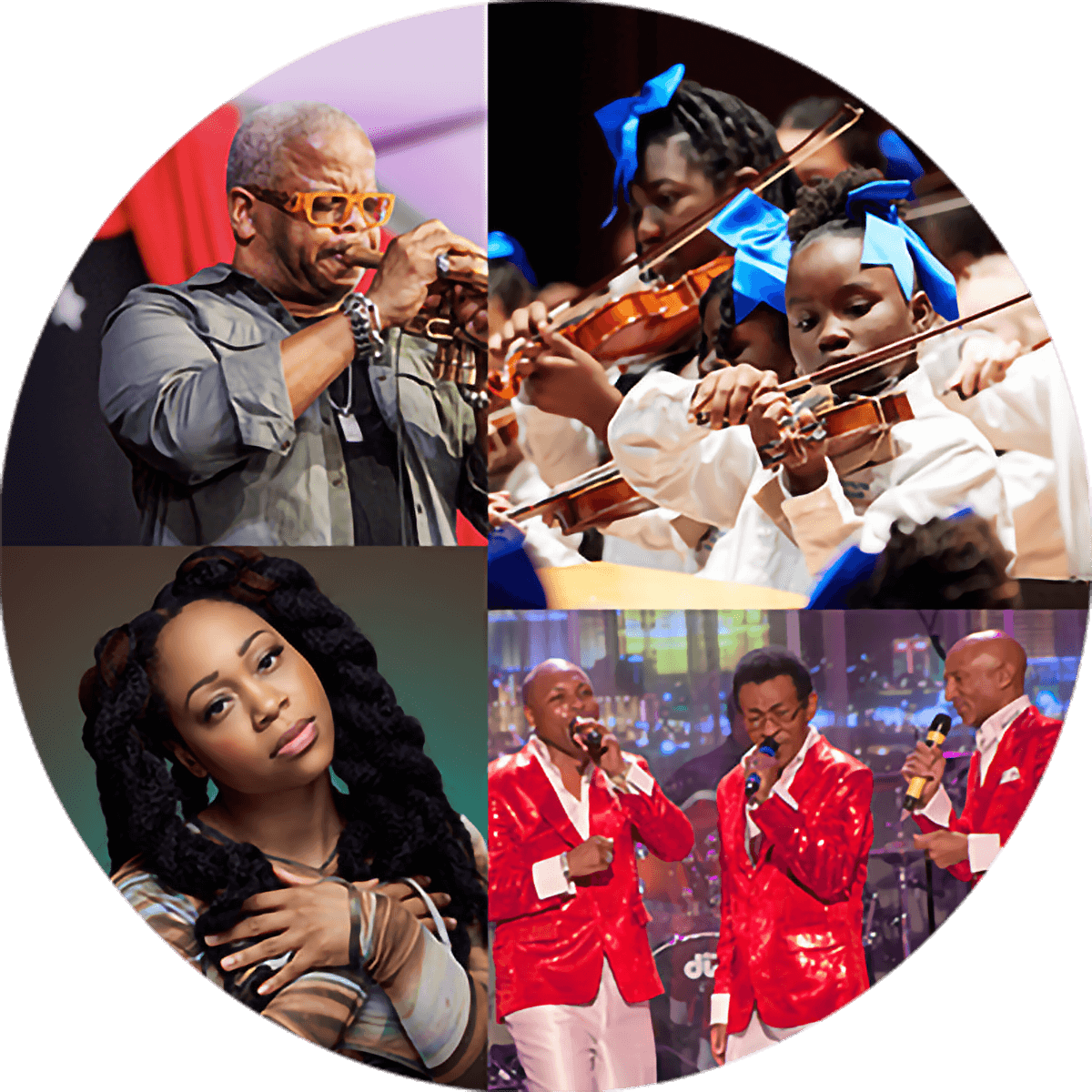
The Jacksonville Symphony Celebrates Black History Month
Beyond the Stage
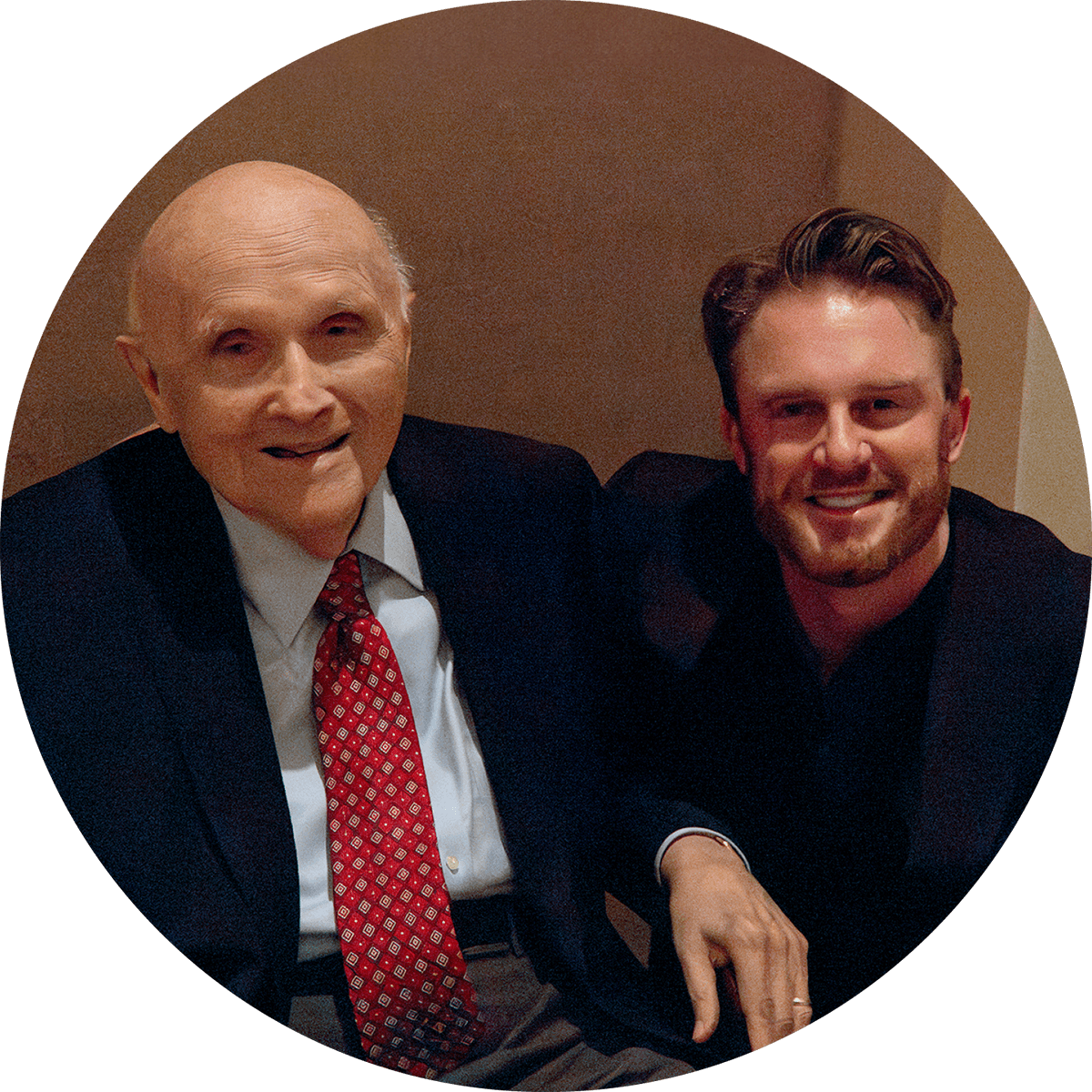
Previous Music Director John Canarina
Revisits the Symphony
Behind the Bows
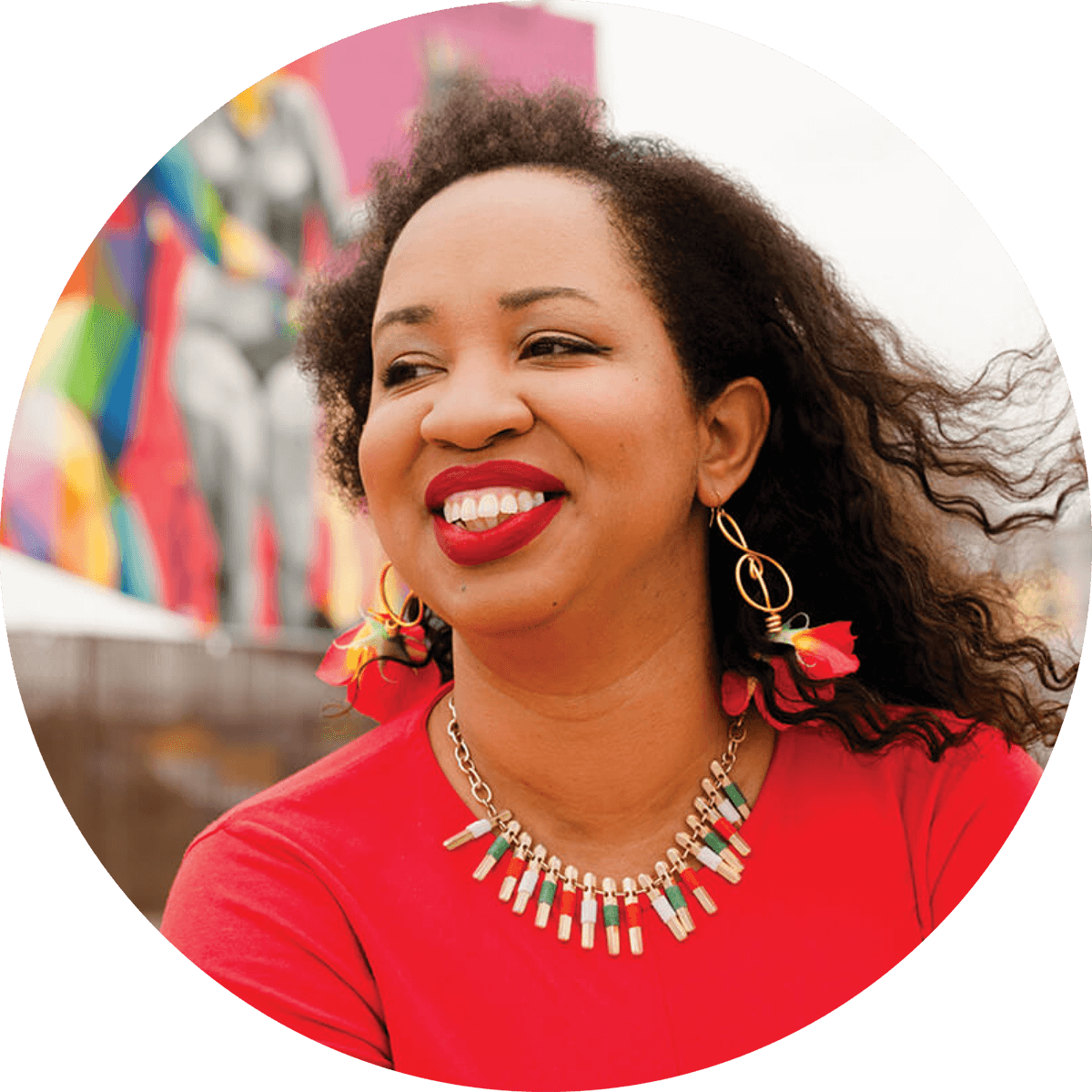
Q&A With Award-Winning Composer
Courtney Bryan
Under the Spotlight
Conrad Tao Returned for the 100th Anniversary of Rhapsody in Blue!

On January 5 and 6, Jacoby Symphony Hall was home to one of the greatest parties of the century, celebrating the 100th anniversary of George Gershwin’s jazz masterpiece Rhapsody in Blue. Conducted by Music Director Courtney Lewis and performed by returning, phenom pianist Conrad Tao in two nearly sold-out shows, audiences heard a piece that has earned the title as one of the most beloved, American piano pieces.
Tao graced the stage to kick off this spectacular program for Rachmaninoff's Fourth Piano Concerto, a piece that also emanates the charm of America’s jazz scene. After this piece, the Symphony performed Jessie Montgomery’s Strum, and Tao made his reappearance for the centerpiece of the evening: Rhapsody in Blue. In 1924, a newspaper announced a concert of American music featuring works by Gershwin, Irving Berlin and Victor Herbert. However, Gershwin was unaware that he had been commissioned to write such a piece. Gershwin was 25 when he willingly wrote the piece for this concert and collaborated with jazz band leader Paul Whiteman to create the free-form composition. Drafted in only a few weeks, Gershwin had no background in orchestration, though he later learned from Herbert. As a result, Ferde Grofé later orchestrated the Rhapsody, contributing greatly to its success.
“I've performed Rhapsody in Blue now in at least four different forms: with a full symphony orchestra, with the original Paul Whiteman jazz band instrumentation, with my friend and collaborator Caleb Teicher tap dancing alongside me and as a piano solo,” said Tao. “This seems to me in keeping with the spirit of the piece, since Gershwin composed the work at the piano, and the orchestration has always been left to others. This is a piece that has never had a single fixed form. Different orchestrations exist; different cuts have been made. There's something rich in that for me; the core of the music exists beyond its sound. It was a thrill to perform this piece with Courtney and the Jacksonville Symphony, to bring my passion for this work to this orchestra I so enjoy working with!”
From the moment of its official world premiere on February 12, 1924, everyone in the audience, including the harshest of critics, were captivated by Rhapsody in Blue and the novelty of its melodies. Gershwin himself provided a vivid depiction of Rhapsody in Blue: “I heard it as a musical kaleidoscope of America, of our vast melting pot, of our national pep, of our blues, our metropolitan madness.” From the smooth clarinet opening to the grand central theme, and through to the energetic conclusion, every moment of the performance was riveting.
“This fundamentally malleable quality reminds me of how the piece has, from its inception, been a work that bridges different musical worlds,” said Tao. "It draws a link between the lush harmonies of orchestral music and the lush harmonies of American jazz and songwriting. When I play the piece, I find myself thinking about its theatricality, how it alternates between episodes of thrilling dance music performed by the ensemble and extended simulations of improvisation for the solo pianist. I think this built-in drama is what keeps people coming back to the piece a century later. But also-it's Gershwin. Let's be real. They're here for the melodies. From Eumir Deodato, to Fantasia 2000, to United Airlines: the past 100 years have proven that these melodies are eternal.”
Behind the Bows
Q&A With Award-Winning Composer Courtney Bryan

The Jacksonville Symphony launched a multi-year initiative featuring premieres of original works by contemporary composers during the 2021/22 Season. Trances, a full symphonic piece by Tarik O’Regan, marked the start of this project. Amidst an impressive lineup of new pieces this season, Lowell Liebermann commenced the season with his Organ Concerto, featuring the GRAMMY® Award-winning organist Paul Jacobs. Next up on March 8 and 9, Courtney Bryan returns to the Symphony for the world premiere of another commission titled Visual Rhythms. Her piece highlights her prowess as “a composer of panoramic interests,” as noted by the New York Times. Bryan offers insights into her commission and background as one of today's foremost composers, addressing popular questions about her work.
What are your earliest musical memories, and what inspired you to become a composer?
“My earliest musical memories come from my childhood church, Historic St. Luke's Episcopal Church of New Orleans, including sounds of the choir, organ and the various musical traditions – Anglican hymns, spirituals and West African percussion performances on special Sundays. Also growing up in New Orleans and hearing the various styles of music around me are a major part of those early musical memories. When it comes to what inspired me to be a composer, I always composed music at the piano since I was very young and referred to these compositions as “something I made up.” In fourth grade, my teacher Dean Curtis, who taught in a talented music program in the public schools, advised me to start using the word composer and encouraged me to see it as something special.”
Can you describe your excitement/thoughts on coming back to Jacksonville and premiering another original work?
“I am excited to return to Jacksonville for this world premiere! This is my second new work for the Jacksonville Symphony. Being a composer-in-residence with the Symphony (2018-20) was a really special way to work with the orchestra. With standalone commissions, you're usually kind of in and out. You have a few rehearsals and performances, and maybe you meet people in a few social moments. However, being a composer-in-residence, you have the opportunity to get to know individual musicians and uniquely special things about the orchestra, which is a great opportunity. Also learning about the city of Jacksonville when I wrote Bridges was so rewarding. Since my piece was a tribute to the community, I figured the best way to learn about a city I'd never lived in was to visit young people and go into schools. I developed this program along with the Education department at the Symphony called Sounds of Your Neighborhood. I would go into the schools in different parts of the city, with different age groups, and guide the students in creating music based off the sounds of their neighborhood. With that said, there's the city of Jacksonville that I'm excited about returning to and then there's the orchestra and the long relationship of working with [Music Director] Courtney Lewis and [Vice President & Artistic Administrator] Tony Nickle. While Bridges started out with a theme of responding to the city of Jacksonville, this commission is different in that the theme and inspiration were wide open to my choosing. I wrote Visual Rhythms for an orchestra that I have familiarity with but with a different creative process.”
How would you describe this commission, and are there any strong musical influences that have shaped it?
“This fall, while in New York, I had the opportunity to spend time with the personal art collection of a former professor of mine and family friend: Professor Robert O'Meally. Professor O'Meally is the Zora Neale Hurston Professor of English and Comparative Literature at Columbia, and he founded Columbia’s Center for Jazz Studies, a center that introduced me to a community of leading scholars and was an important part of my education while pursuing my doctorate in music composition in the Department of Music, with advisor George Lewis who I will talk more about later. Professor O'Meally has an art collection that includes many different artists, including Norman Lewis, Romare Bearden, Alfred Smith, John Abbott, Frank Stewart, Herman Leonard and Petra Richtorova. What resonated with me the most is that his collection includes visual artists inspired by jazz music and musicians. In Visual Rhythms, I respond musically to this artwork. The concept of “visual rhythms” comes from one of the artists in the collection Alfred Smith, a former professor of my sisters, Amy Bryan and Alma Bryan Powell where they attained their graduate and undergraduate degrees at Howard University, respectively.
My piece is organized as a series of 11 vignettes, each reflecting a selected work of art. Several of the pieces are by Norman Lewis, as I was greatly inspired by his work. The Norman Lewis pieces are spaced out almost equally throughout the 11 sections of Visual Rhythms, helping anchor the piece, which I depict through similar harmonies. One of my inspirations was Modest Mussorgsky’s Pictures at an Exhibition mostly because his music is inspired by different works of art. However, in Visual Rhythms, each vignette is by a different artist. Some of the vignettes are more directly in conversation with the patterns and colors of the art, for example with Alfred Smith, who creates artwork that can be interpreted as a graphic score, I created what that score could sound like for orchestra. Other vignettes were more abstractly inspired by the artworks. Having the opportunity to ask someone I know about the personal significance of the artworks and how they acquired the work was part of my creative process as well. This is quite different than visiting a museum or reading about it in a book without that personal perspective on what the art means to that person.”
What are some important themes in your recent and upcoming works?
“Something that I'm really interested in right now is I have these projects that are based on the work of my family. My mother, Violet Harrington Bryan, published an academic book titled Erna Brodber and Velma Pollard: Folklore and Culture in Jamaica. She wrote this book recently about Jamaican sister writers and scholars Erna Brodber and Velma Pollard, who are cousins of my father, Trevor Bryan. I was inspired by my mother’s process of writing that book, and it led me to thinking about doing some sort of larger musical work, perhaps in opera or some sort of larger theatrical work on the writings and research of Brodber and Pollard. Also, the creative process for the recent piece I wrote, DREAMING (Freedom Sounds), started while talking to my father about the Supreme Court. My father's a retired lawyer, and he has been very involved in politics throughout his life in different ways. That piece’s inspiration comes from recent Supreme Court dissent letters and a particular one by Justice Ketanji Brown Jackson, responding to affirmative action. So, my current work is inspired by the work of my family. My recent work is also inspired by the work of my mentors, engaging with their work in different ways. For example, DREAMING (Freedom Sounds) is part of a series of works responding to the idea of sounds of freedom, which is inspired by teachings, music and writings of my mentor George Lewis. This is something that is part of my current development of ideas.”
Are there any projects you are especially excited about? What can we expect to hear from you soon?
“My next goal that I am particularly excited about is composing operas. During my current composer-in residency with Opera Philadelphia, I am learning more about contemporary opera, various ways of thinking about the concept of what an opera can be and some of the technical details and skills involved in creating an opera. So, there are all kinds of aspects to it that I am studying right now. I'm also looking into film composing. I have always been into multimedia and collaborative projects, so I look forward to pursuing some of these large projects in the near future.
I always love writing for orchestra. When I write for orchestra, I get to employ all those instrumental colors. For my new piece, Visual Rhythms, with its visual art inspiration, I decided to use as many instrumental colors as possible in the orchestra. That was fun to think about, and there is nothing like being in that first rehearsal where you hear your new composition come to life, and then you get to share it with people. I'm excited about coming back to Jacksonville to work with such a wonderful symphony.”
How would you like to see composition and contemporary music evolve?
“I think what's important is that institutions champion new works like the way the Jacksonville Symphony has this whole series of showcasing new commissions as part of the Florida Blue Classical Series. Performing works by living composers is such a major opportunity for composers, and the main thing we need is opportunities to have our work premiered, get to try new things and expose audiences to different voices. I think this creates more opportunities where we can think about the direction of where music can go. Having that available to audiences, composers and performers is the best way for composition to evolve. Kudos to the Jacksonville Symphony for doing this. How we learn is by doing. Anytime I write a piece, I learn something when I hear it performed, and it contributes to my growth as a composer. This is such an important thing for composers, to have their music come to life. And it is important for the audience too!”
What else haven’t we covered about you or your piece that you would like to tell our audiences?
“When I composed Bridges for the Jacksonville Symphony, I remember that I was especially excited about featuring the percussion section. I feature them again in Visual Rhythms, as well as the different families of the orchestra. There are highlighted moments for different instruments throughout Visual Rhythms, celebrating a range of colors. While the performance of this piece may not feature images of the artwork, I would love for the listener to be able to check out the artwork that inspired the music sometime. And for the premiere, the audience can form their own imagination of how the visual rhythms and sounds could look. I hope the audience enjoys the music!”
